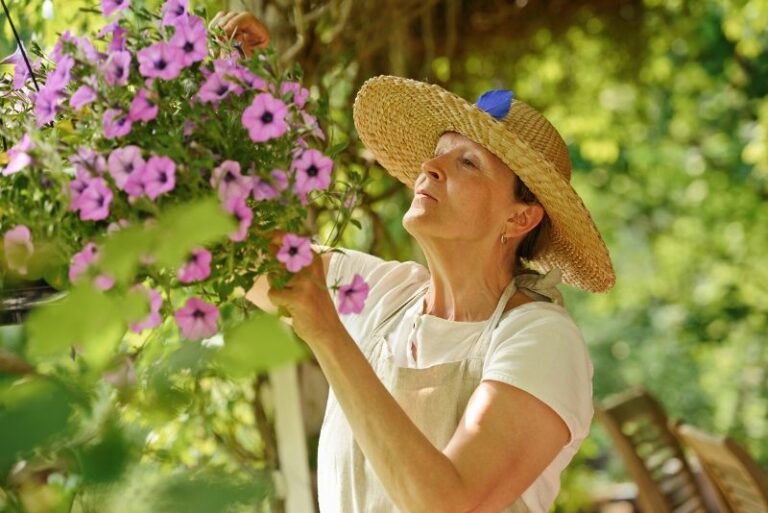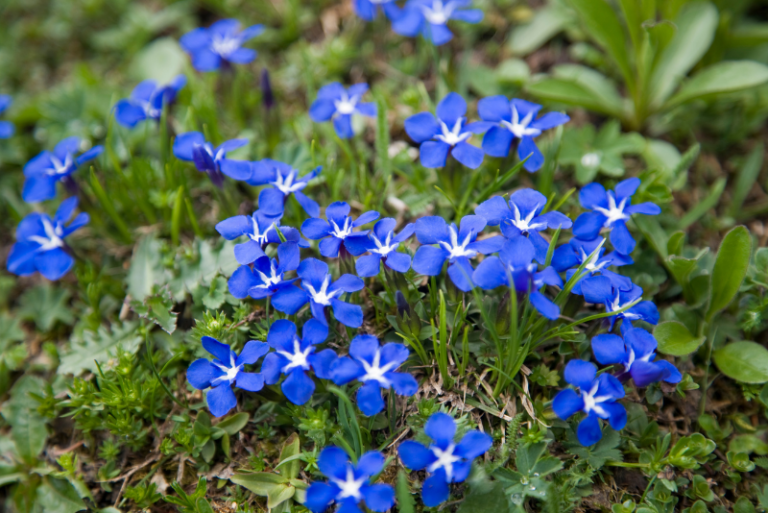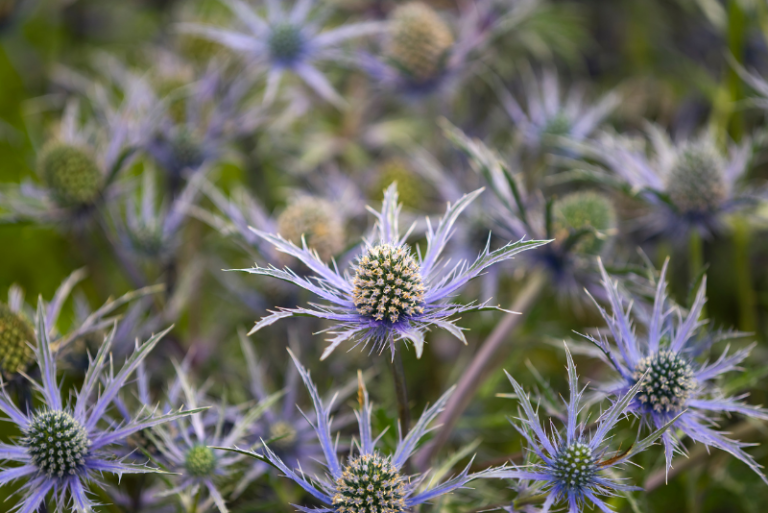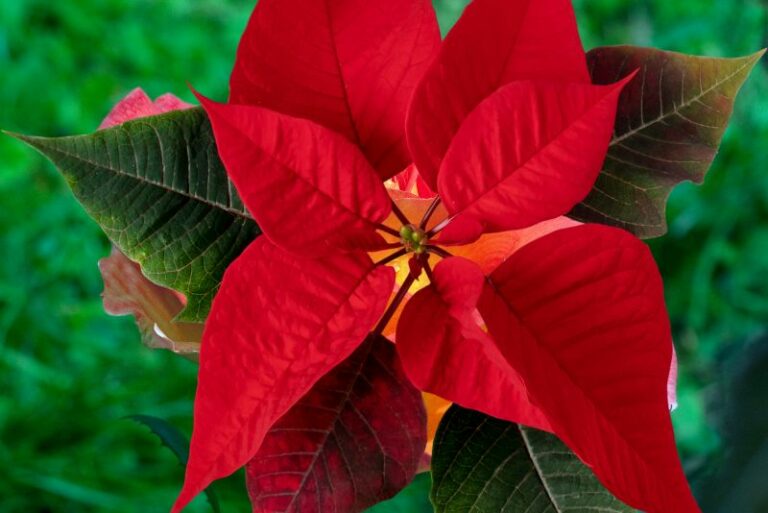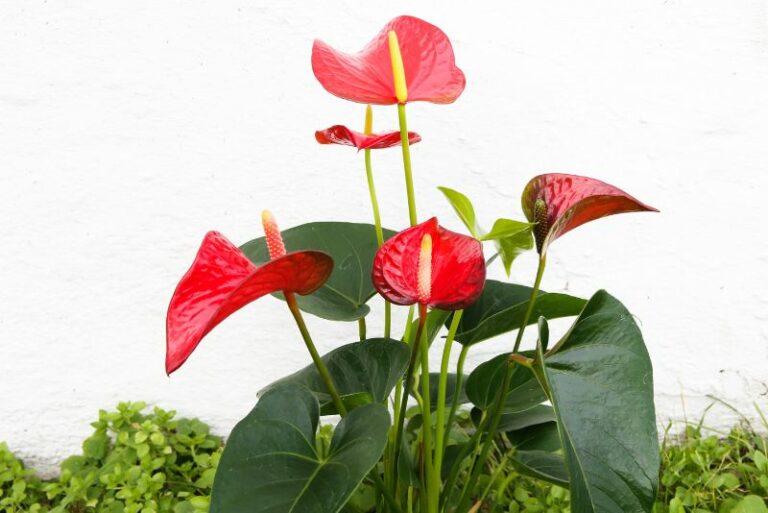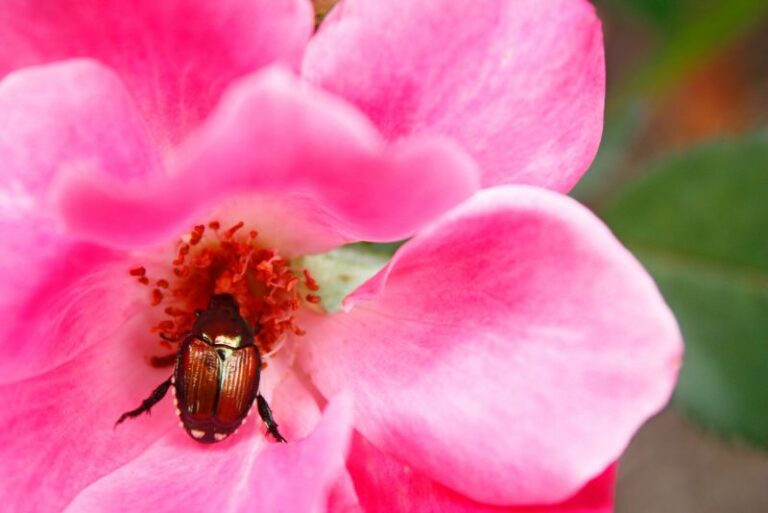When Do Bleeding Heart Flowers Bloom?
Bleeding Heart flowers, with their distinct heart-shaped blossoms dangling from arching stems, are a harbringer of the romantic and aesthetic elements of a garden. Garden enthusiasts eagerly await the moment these flowers unfurl their delicate petals, creating a whimsical showcase of color and form. Understanding the bloom time of Bleeding Heart flowers is not only practical for nurturing these plants but also crucial for crafting a visual narrative in your garden space.
The Allure of Bleeding Heart Flowers
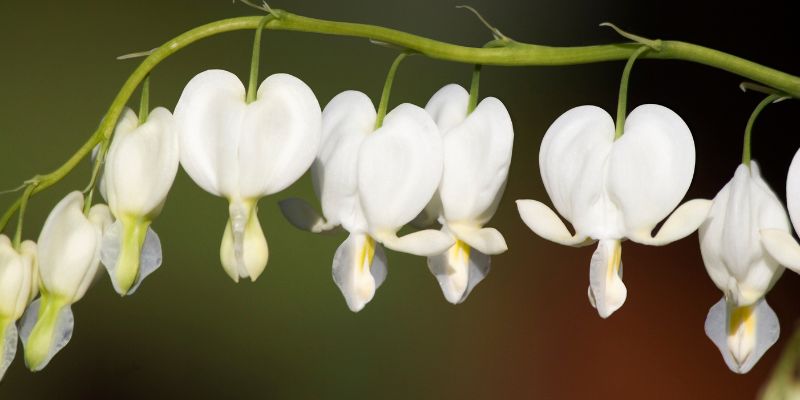
The Bleeding Heart flower, or Lamprocapnos spectabilis, is a perennial herbaceous plant native to Siberia, Korea, and the northern parts of China and Japan. Its unique and charming flowers, which appear in spring to early summer depending on the strains, have made it a favorite choice for shady or woodland garden settings.
Understanding Bleeding Heart Flowers from Bulbs to Blossoms
Bleeding Heart flowers derive their name from their unique appearance, with the inner drops of the pink or white heart-shaped flowers resembling the droplets of a bleeding heart. Their ferny foliage complements the arching racemes of flowers, creating a full and textured display in the garden. The plants themselves can range from 2 to 3 feet in height and create a bushy profile.
To ensure vigorous growth and bloom production, Bleeding Heart flowers prefer rich, moist, well-draining soil. They thrive in partial to full shade conditions, which mirror their native woodland environments. When it comes to care, these plants are relatively low maintenance, with regular watering and occasional fertilization providing the best support.
When do Bleeding Heart Flowers Grace the Garden?
The bloom time of Bleeding Heart flowers is greatly anticipated because it marks the onset of the spring season. However, their specific bloom period can vary depending on local climate, soil conditions, and individual plant characteristics.
The Seasonal Nature of Bleeding Heart Blooms
For many gardeners in temperate zones, Bleeding Heart flowers are a sign that winter is waning and spring is on its way. They typically bloom from late spring to early summer, with the actual timings aligning with the warming temperatures and increasing daylight.
In areas with mild winters, the Bleeding Heart flowers can begin blooming as early as March. In cooler regions, where frost lingers longer, the bloom period may extend into June. This timing allows the flowers to take full advantage of the increased sunlight and warmth to attract pollinators and continue the cycle of life.
Factors Shaping Bloom Time Variations
Several factors determine when Bleeding Heart flowers bloom. The locality’s microclimate, the maturity of the plant, and the health of its root system all come into play. Additionally, any abrupt changes in temperature or light exposure can cause variations in the bloom time.
To ensure that you’re prepared for your own Bleeding Heart to bloom as expected, it’s a good practice to monitor local weather patterns and make any necessary adjustments to protect the plants if needed. Composting in the fall and mulching around the base of the plant can help moderate soil temperature and keep the root system healthy, promising a delightful display on time.
Significance Beyond the Bloom
The blooming period of a flower is more than a visual treat for gardeners. In the case of the Bleeding Heart, its bloom time has deep symbolic significance and cultural meanings. Furthermore, it plays a pivotal role in the aesthetics and lifeblood of the garden.
Cultural Meanings and Symbolism
The Bleeding Heart flower represents the emotions of love and compassion. In both Western and Eastern cultures, it has been associated with the heart and its range of metaphorical meanings. Observing the flowers bloom can be a powerful experience, drawing on these universal symbols and sentiments.
Impact on Garden Aesthetics
The arching stems laden with heart-shaped flowers form a beautiful, lacy pattern that’s captivating against the deep green foliage. The ephemeral nature of the blooms adds to their allure, as they last only for a few weeks. Their contribution to the garden’s aesthetic, combined with this fleeting charm, makes Bleeding Heart flowers a must-have for gardeners looking to add layers of interest to their landscape design.
Engaging with the Bloom of Bleeding Heart Flowers
When Bleeding Heart flowers bloom, it’s not just an opportunity to witness beauty; it’s an invitation to partake in activities that celebrate the season and add value to your gardening experience.
Spring Garden Spectacles and Photography Guidelines
Gardens truly come to life during the spring bloom, and Bleeding Heart flowers play a significant role in this spectacle. As you plan your garden activities for the season, consider hosting a flower-themed event or workshop to share the joy of the blooms with others. For those inclined towards capturing these moments, create a checklist of best photography practices such as maximizing natural light, using macro lenses for close-ups, and experimenting with compositions to make the most of this fleeting display.
Making the Most of Your Blooming Bleeding Heart
As a gardener, the bloom of your Bleeding Heart flowers is a time to enjoy the results of your hard work and seasonal planning. With the spotlight on these charming flowers, consider using them as the focal point of garden arrangements or bouquets for your home. You can also share the bounty with friends and family, spreading the joy of the season through thoughtful gifting and sharing of the beauty that nature provides.
Capturing the Romance of Blooming Bleeding Hearts
In the world of garden photography, there’s a special allure to capturing the bloom time of certain flowers. Bleeding Heart flowers, with their unique colors and form, present an opportunity for photographers to create stunning visual narratives.
Garden Photography Trends and Popular Styles
Engage with the photography community to stay updated on the latest trends and styles for capturing flowers in bloom. From contemporary compositions that juxtapose the flowers against architectural lines to classic close-ups that highlight intricate details, there are multiple styles to explore. Share your work online and through social media, using relevant hashtags and joining photography groups to share in the appreciation of these natural wonders.
Beyond the Lens: Experiencing the Bleeding Heart Bloom
While photography is a beautiful way to capture a moment, nothing beats experiencing the bloom of Bleeding Heart flowers firsthand. Take the time to be present in your garden, to feel the warmth of the sun on your face, and to let the fragrance of the blossoms fill your senses. These are the experiences that connect you deeply to the rhythm of the seasons and the natural world.
Witnessing the Bleeding Heart in Full Bloom
In conclusion, the blooming period of Bleeding Heart flowers is a definitive moment in the yearly cycle of your garden. It offers cultural and aesthetic enrichment, a brief but intense sensory experience, and the opportunity to engage with fellow garden enthusiasts. As you plan your garden calendar, make sure to mark down the expected months for the bloom time of your Bleeding Hearts, and savor every moment they grace your garden with their presence.
By understanding the intricacies of the bloom time, preparing adequately, and engaging with the experience on multiple levels, you can ensure that the appearance of the Bleeding Heart in your garden is nothing short of magical. As we look forward to the new season, let the promise of Bleeding Heart flowers in bloom be the beacon that leads you through your gardening adventures.

